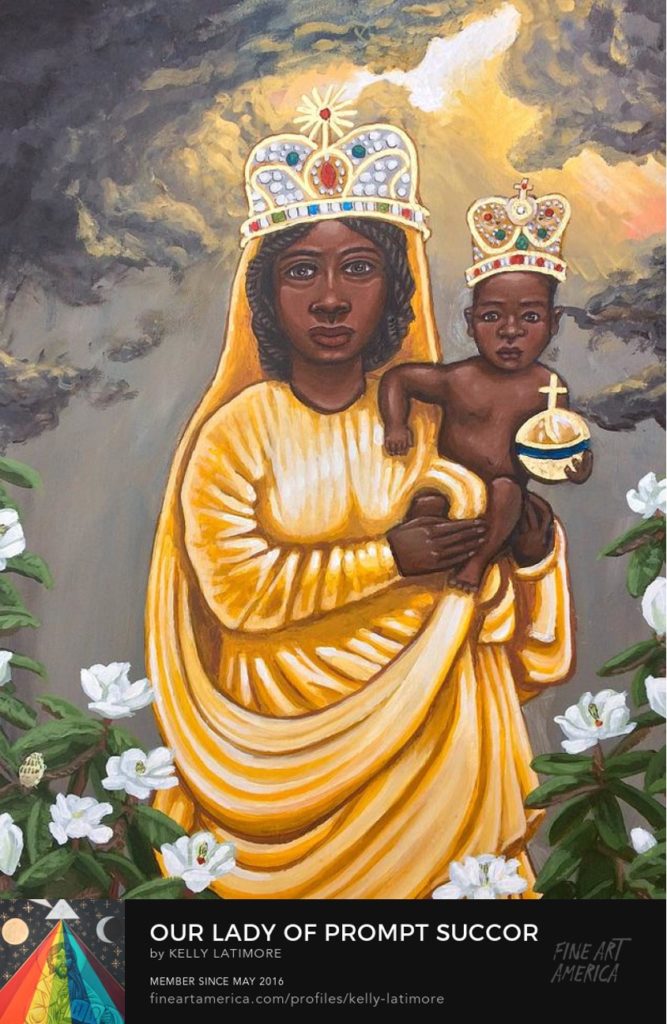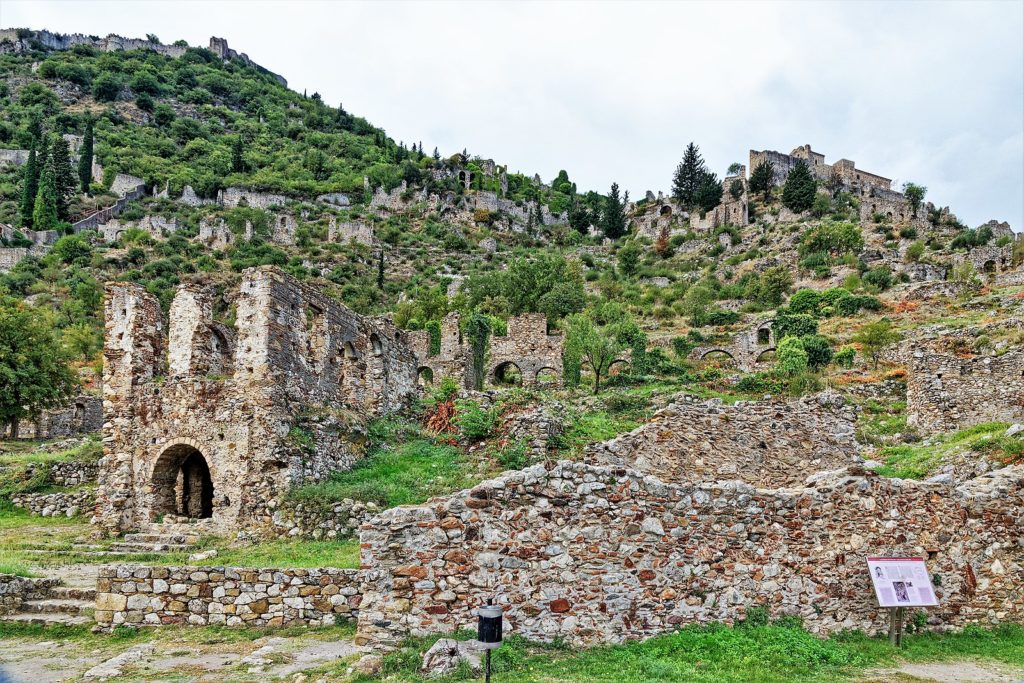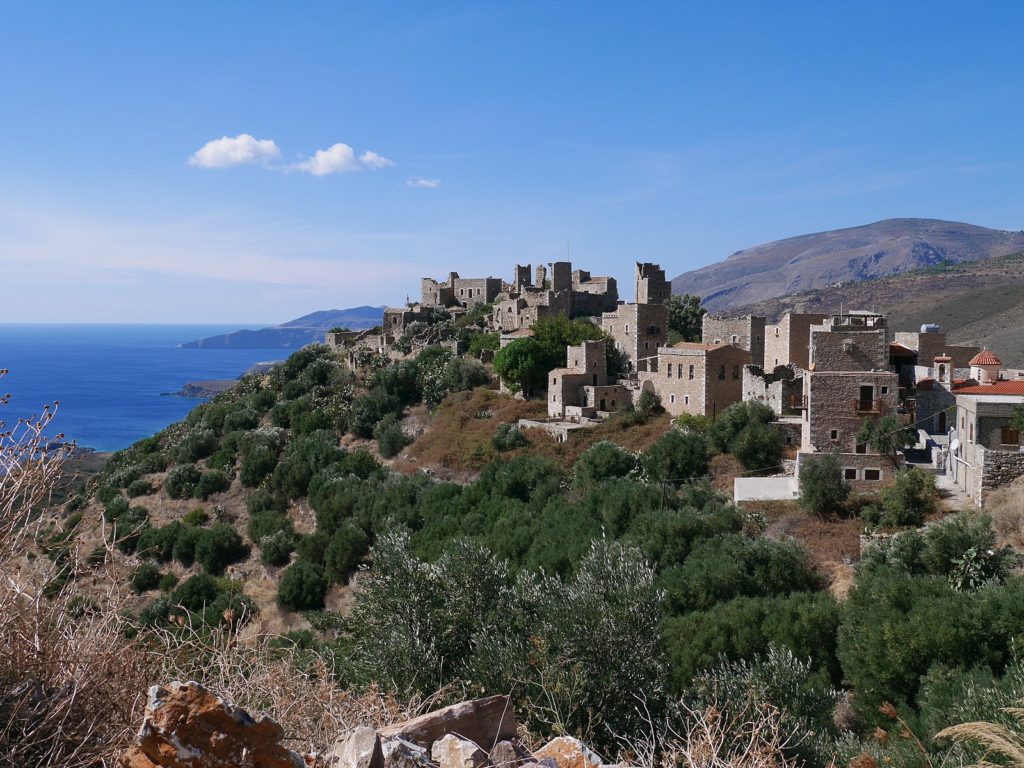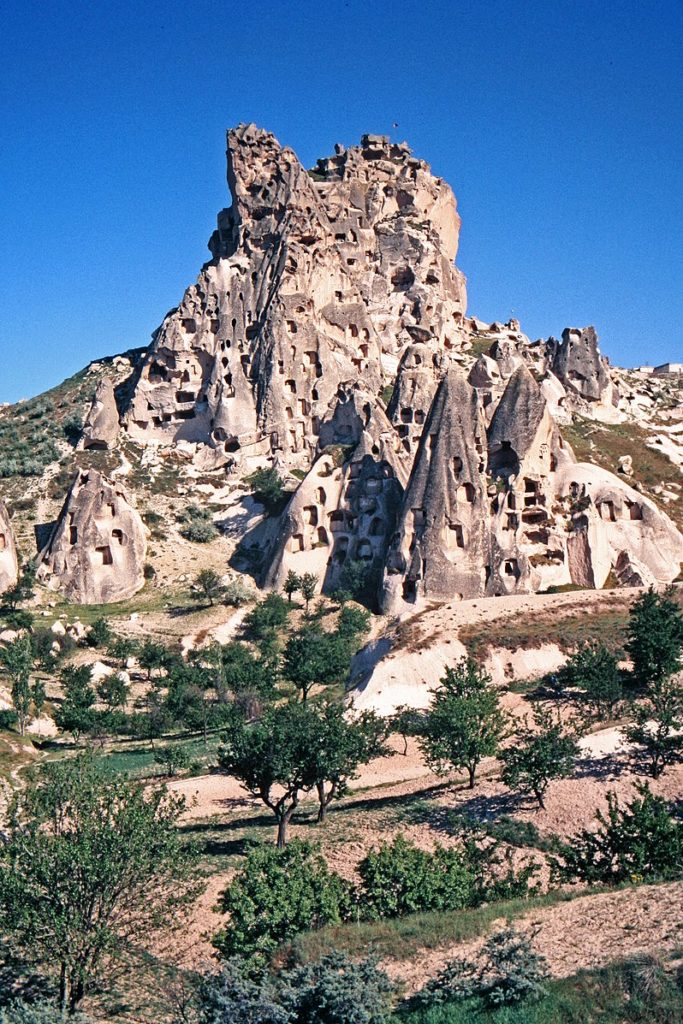In September 2022, the ‘Meeting in the Middle Ages’ podcast launched its first episode. It was the culmination of months of planning and preparation. Launched initially on Spotify and Apple Podcasts, we are happy to say that it found its audience. As we continue to post our monthly episodes and our audience steadily grows, we wanted to introduce the podcast to readers of the MI Research Blog and explore the rationale behind it.
What is the podcast?
‘Meeting in the Middle Ages’ is a monthly conversation with a medievalist scholar or graduate student. Each month, we as hosts (Will and Ben) sit down to find out ‘what medievalists do, and how they came to do it.’ Medieval Studies can seem like an inaccessible field, relying on knowledge of language, history, philosophers, theologians, and texts that general readers would rarely (if ever) stumble upon. We want to try and elucidate the work that medievalists do: what skills they have to develop, the ways that they approach problems. But we also want to share how people get into the field of Medieval Studies. Our guests, unsurprisingly, all have a love of history and research. But their paths to the medieval world have been varied and surprising.
As we continue to develop the podcast, we are keeping two audiences in mind. Our hope is that ‘Meeting in the Middle Ages’ intrigues not only excited graduate students like ourselves, but anyone interested in the medieval world or the many fields that intersect with medieval studies: history, anthropology, theology, philosophy, literary studies, and more.
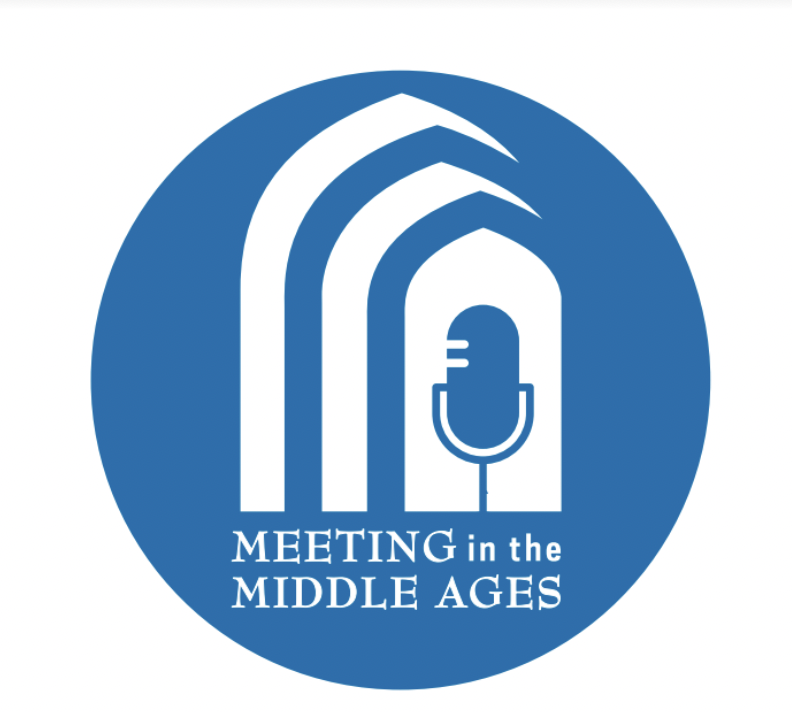
How did it begin?
The podcast was born out of an independent research project for a leadership course. Early on in the course, Will knew that he wanted to work on a public-facing humanities project. Thinking through the idea of podcasting, he realized that there were plenty of excellent podcasts that could teach you about historical battles or literature. But there were none that explained how the research behind those other podcasts might be done. No one was there to explain ‘how the sausage got made.’ To pursue the idea further, Will asked Ben to join him in bringing the podcast to life.
As Ben recalls, ‘last year, Will approached me with a simple but exciting idea: a podcast for the Medieval Institute. As he started to explain the idea, I already knew my answer would be an enthusiastic yes. As young academics entering this field, so much of what medievalists do seems intimidating or mysterious. We appreciate the impressive books and articles that steadily flow from senior medievalists into our library, but we also want to know how such works were made. Getting to sit down informally with medievalists from across the world to discuss their processes, passions, and personal histories was too exciting of an opportunity to pass up.’
How is it going?
Since launching the podcast in September 2022, we’ve released three episodes and (at the time of writing) are gearing up to release episode 4. In Episode 1, we interviewed Dr. Andrew Irving of the University of Groningen and talked about the value of consulting materials in person. As his stories reveal, doing in-person research can lead you to record and analyze some very surprising parts of your materials! In Episode 2 we spoke with Eleonora Celora, a graduate student at Notre Dame who recently co-authored and published Décrire le manuscrit liturgique. Méthodes, problématiques, perspectives (Brepols, 2021) with Dr. Laura Albiero. Episode 3 is a chat with Dr. Rachel Koopmans and her fascinating work on the stained-glass windows of Canterbury Cathedral. We have several other interviews recorded and in the editing phase that we’re excited to share with you.
We’re extremely grateful to all the professors and students who have consented to participate in the podcast. They have been gracious with their time and support. Feedback has been very positive, and we are always working to improve our format and content. We’ve been able to expand our reach beyond Spotify and Apple Podcasts to include Google Podcasts and Overcast.
The podcast is a labor of love for us both. Through it, we’ve had to become sound engineers, social media managers, administrative coordinators, and, most important of all, interviewers. It’s been a challenging but rewarding opportunity that we hope will long outlive our tenure as graduate students at Notre Dame. We want this podcast to become part of the fabric of the Medieval Institute, and an outlet for public-facing engagement just as the MI Research Blog has become. We hope that the podcast will be a place for students to practice public-facing work while also sharing the exciting work of scholars at various stages in their careers with the broader community. The medieval is for everyone, and we hope you listen in and explore it with us.
Benjamin Pykare & Will Beattie
PhD Candidates
Medieval Institute
University of Notre Dame

